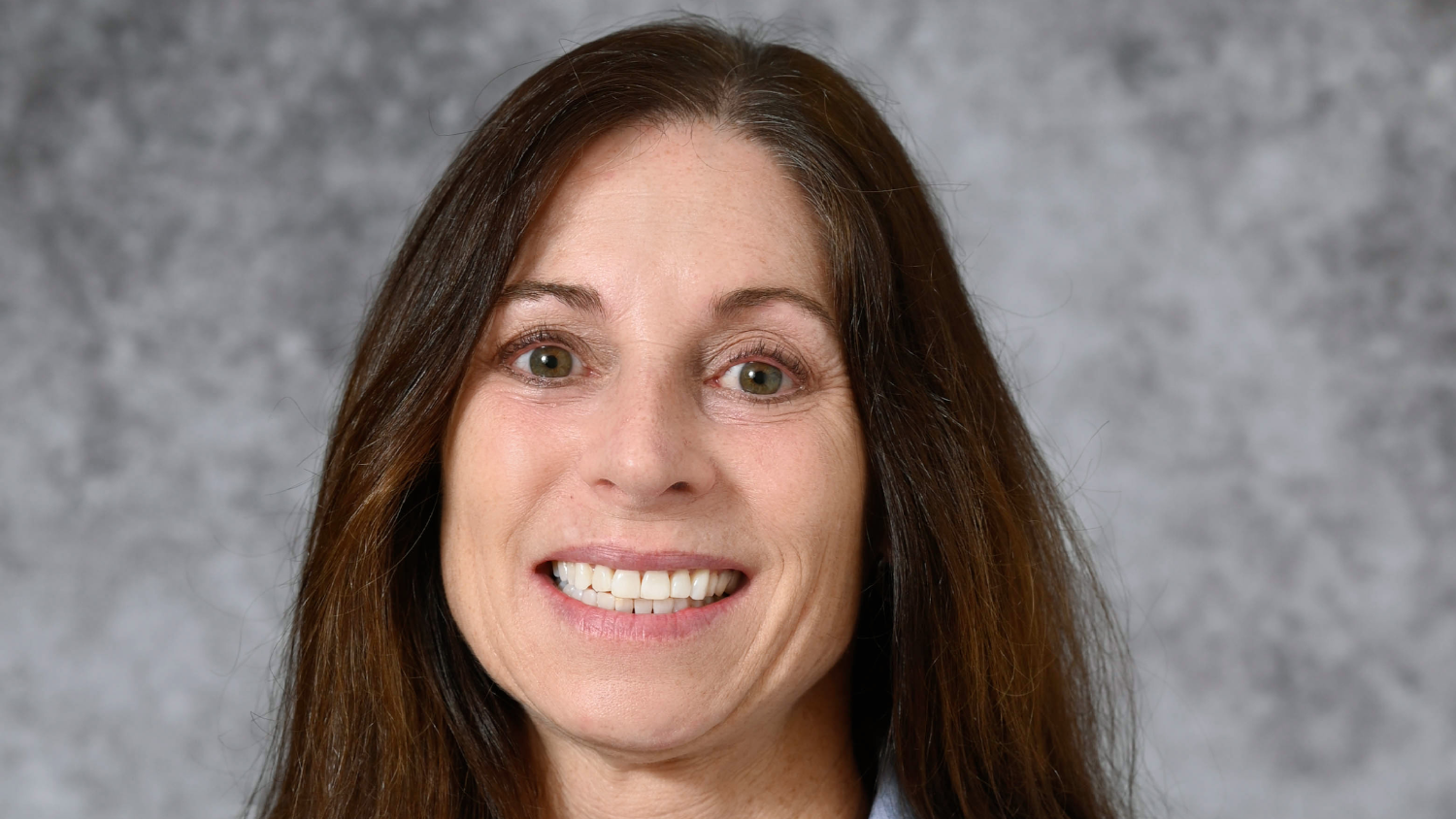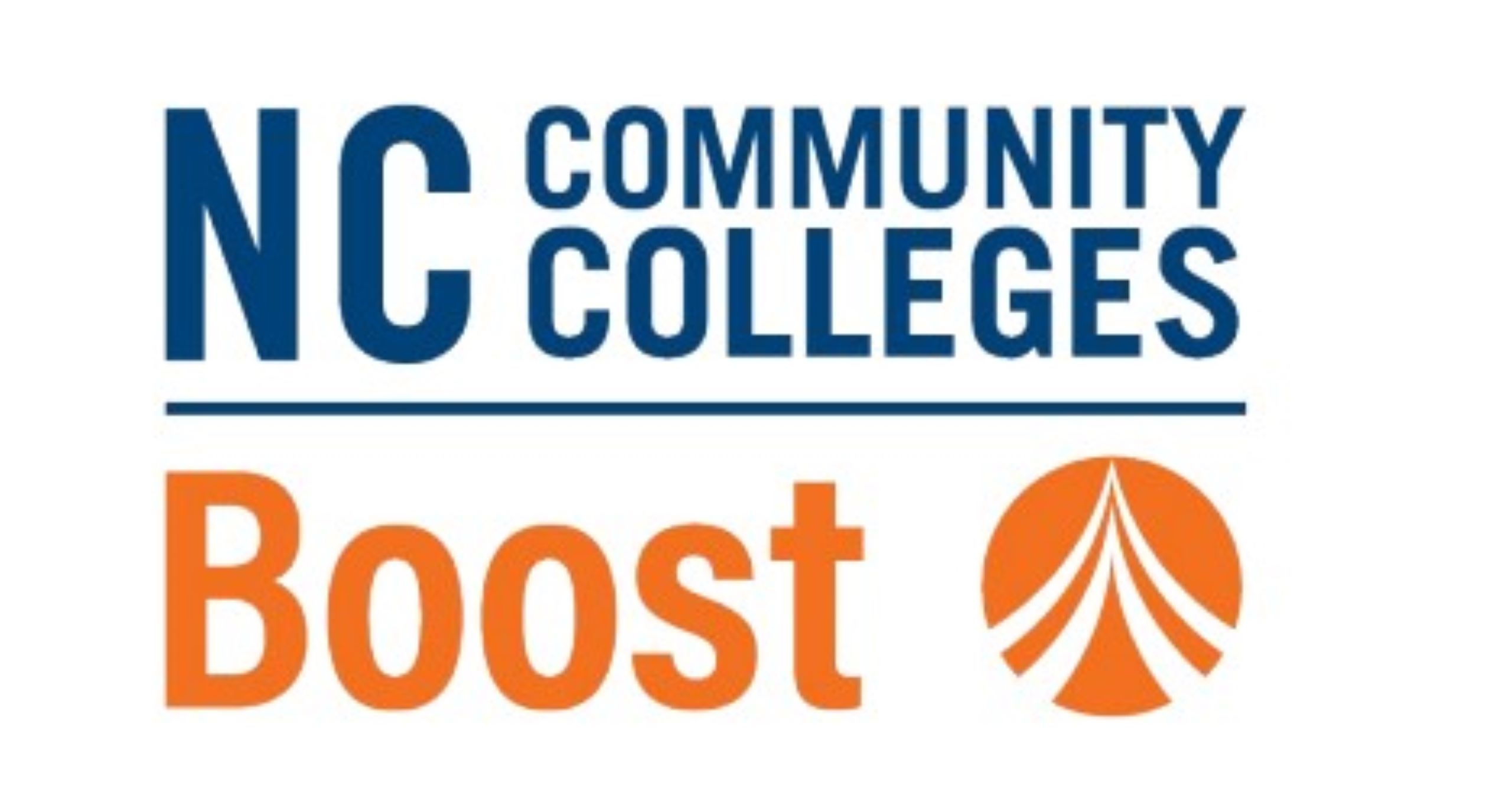Book Edited by Goodnight Distinguished Professor in Educational Equity Maria Coady Explores Educating Multilingual Students in Rural Schools

When sharing results of a study that took place in a rural region of the United States, Maria Coady, the Goodnight Distinguished Professor of Educational Equity in the NC State College of Education, says that describing the location of the research project simply as “rural” isn’t enough.
For this reason, when working to select studies to showcase in her edited book, Educating Multilingual Students in Rural Schools, Coady and her co-editors ensured they included only the highest-quality research that was both well-conceptualized and accounted for the vast differences that exist between various rural locations.
“In every chapter in the book, the authors went through and described what rurality looked like, what it felt like, what it meant to drive there and even what it smelled like. These are living spaces, and we needed to honor the diverse contexts and communities that comprise rurality,” she said. “The authors did a lot of digging into that, and I think it really showed up well. It’s really pretty groundbreaking to put this out nationally.”
The book, which Coady says is the first of its kind in the field, features a variety of place-based research studies and descriptions of professional development projects that address localized challenges for working with rural multilingual students and families. Each chapter is intended to illuminate the complexities and diversity in rural multilingual education as they relate to broader historical, cultural, linguistic, geographical and societal issues in particular communities.
The chapters are also structured to highlight what Coady and her co-editors believe are the most crucial, but often overlooked, aspects of educating multilingual learners: affective issues, actors and place-based professional development.
Affective issues, or relational issues, refer to the way people interact and the relationships that are formed between educators, students and their families.
“Relationships are central to almost all of the chapters in this book,” Coady said. “Understanding who children are, where they come from and understanding that place is all part of building relationships and trust with communities.”
Actors, in the book, refer to all of the people who play different roles in the education of rural multilingual learners. For example, some educators, such as principals or superintendents, have the ability to act and make decisions affecting students. However, professionals such as bilingual paraeducators, who are often a critical resource in rural schools, can act as change agents but don’t often have power to make decisions.
Coady will expand on this line of research through an upcoming Spencer Foundation-funded project that will examine rural ecosystems to explore who has agency in various spaces to create change for multilingual learners.
“Schools are pivotal in rural communities, because they provide a community space where agency and affect come together, but we can recreate spaces, or at least interrogate existing spaces, to better support equitable experiences for multilingual learners,” Coady said.
The final element, professional development, is crucial, Coady said, because every educator will, at some point in their career, encounter a student who does not speak English as a first language. However, many professional development modules that exist are very “urban-centric” because they assume educators have access to resources that are not always available in rural areas, she said. “Professional development has to be situated in the communities where educators live and work.”
The importance of place in rural multilingual education is something that Coady hopes future researchers account for when they engage in their own work going forward. The body of work related to rural education, she said, can grow when studies are able to acknowledge the nuances, agency and affect issues that shape the way education functions in rural communities.
“My hope from this book is that other scholars start to see the importance of this line of research and understand what’s involved.”
- Categories:


